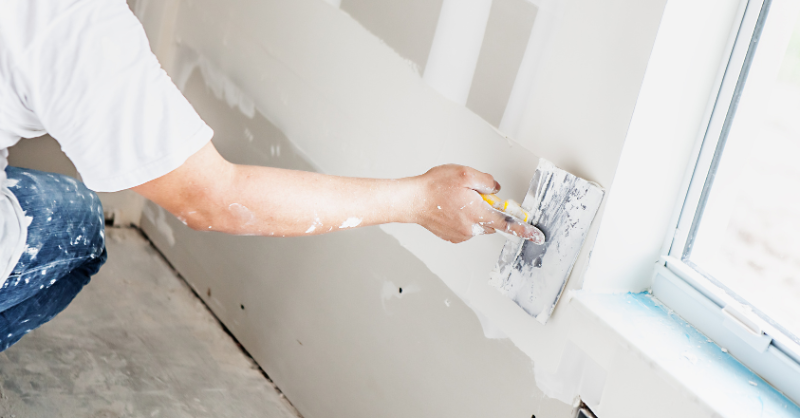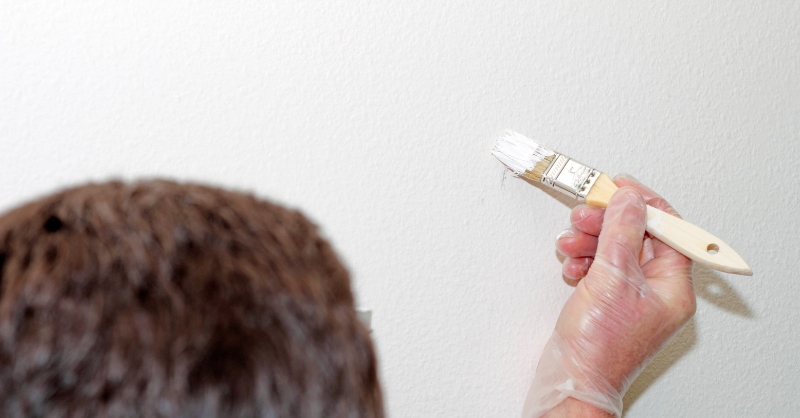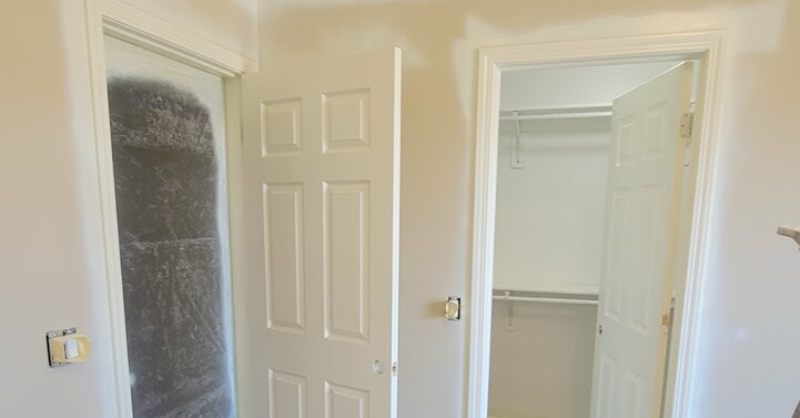How To Remove Air Bubbles From Wallpaper
May 12th, 2025
4 min read
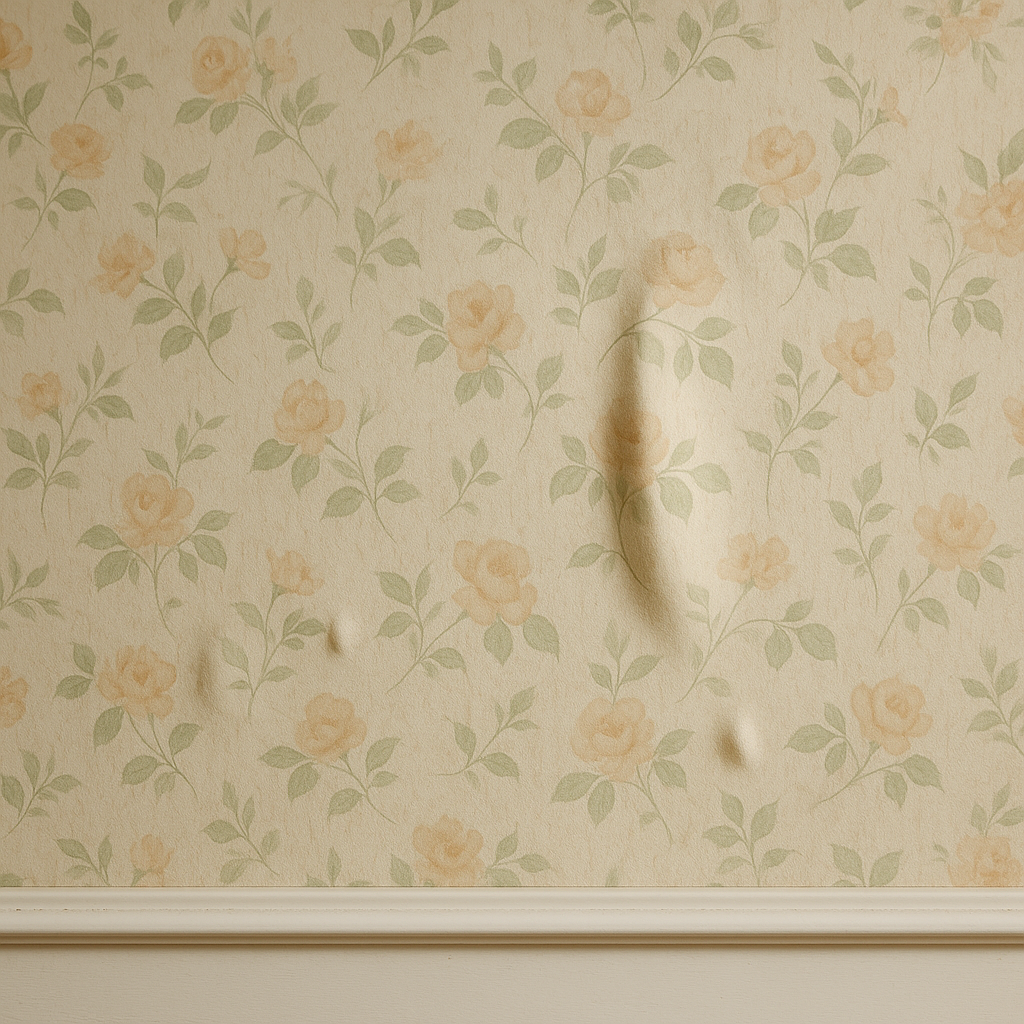
You’ve spent hours measuring, cutting, smoothing, and hanging each panel of wallpaper, only to step back and see… bubbles. Not just one, but a handful—or worse, dozens—scattered across your beautifully chosen wallpaper. It’s frustrating, especially when you’ve worked hard to get it just right. Air bubbles under wallpaper can take a room that’s supposed to look polished and finished and make it look rushed or amateur.
Sometimes these bubbles show up right away, and other times they sneak up a few hours—or even a day—after the job is done. Either way, they’re distracting, and most homeowners aren’t sure whether to live with them or try to fix them (and risk making it worse). The good news? You don’t have to settle for bubbled wallpaper. There are practical, effective ways to fix this—and prevent it from happening in the first place.
At Brush & Roll Painting, we’ve been serving homeowners in Omaha since 1996, and that includes wallpaper installation and removal. We’ve seen it all—paper that peels, glue that dries too fast, seams that won’t match, and of course… air bubbles. Our team uses high-quality products, and we take every necessary prep step to make sure a wallpaper job looks seamless and stays that way.
By the time you finish reading this article, you’ll know exactly why those wallpaper bubbles form, the best way to get rid of them, and how to avoid them next time. Whether you're doing the job yourself or just want to know what to expect from a pro, this guide will give you the confidence to get smooth, beautiful walls without the frustration.
Why Does Wallpaper Bubble?
Before you fix it, it helps to understand the root of the problem. Most bubbles come from one of these common causes:
- Trapped Air – When wallpaper isn’t smoothed properly during installation, air pockets can get sealed behind it.
- Too Much Paste – Using too much adhesive can lead to uneven drying and cause air or paste pockets to form.
- Not Enough Paste – On the flip side, not using enough paste can keep wallpaper from fully bonding, which also creates bubbles.
- Improper Prep – Dust, old paint, or leftover glue on the wall can interfere with the bond between the wallpaper and the surface.
- Moisture – Humidity or moisture on the wall can cause bubbling, especially if the wallpaper isn’t breathable.
Knowing the cause helps you not only fix the problem but keep it from happening again.
-May-07-2025-01-34-40-4699-PM.png?width=549&height=287&name=Blog%20Post%20Image%20Size%20(2)-May-07-2025-01-34-40-4699-PM.png)
How to Fix Air Bubbles in Wallpaper
There are two main ways to remove air bubbles, and the method depends on how large the bubble is and whether the adhesive underneath has dried yet.
Method 1: Fixing Bubbles While Wallpaper Is Still Wet
If you’ve just applied the wallpaper and the glue is still wet:
- Gently Lift and Reapply
- Carefully peel back the wallpaper just enough to expose the bubble.
- Smooth it out using a wallpaper brush or plastic smoothing tool, working from the center of the bubble outward.
- Reapply the wallpaper, pressing it down as you go.
- Use a Smoothing Tool
- If the bubble is small, use a smoothing tool (or even a clean plastic card) to gently push the air toward the edge.
- Work slowly and avoid pushing too hard, which can tear the paper.
These techniques usually work best when the wallpaper is freshly installed and still pliable.
Method 2: Fixing Bubbles After the Wallpaper Has Dried
If the wallpaper has already dried and the bubble is still there, here’s what to do:
- Use a Sharp Blade to Make a Small Cut
- Use a craft knife or razor blade to make a tiny X-shaped cut across the bubble.
- Be careful not to cut too deep—you just want to open the surface of the wallpaper.
- Apply Wallpaper Paste
- Using a small artist’s brush or a glue syringe, apply a small amount of wallpaper adhesive behind the flap you’ve just created.
- Don’t overdo it—just enough to re-stick the wallpaper to the wall.
- Smooth It Down
- Press the flaps back into place and smooth with a damp sponge or plastic smoothing tool.
- Wipe away any excess paste right away.
- Dry It with a Soft Cloth
- Gently blot the area with a soft, dry cloth. Avoid rubbing—this could damage the paper.
Most small bubbles can be fixed with this method and won’t be noticeable once dry. If a bubble keeps coming back, there may be a bigger issue with the wall surface behind it.
How to Prevent Wallpaper Bubbles
Here’s where good prep work pays off. If you’re installing wallpaper yourself—or watching someone else do it—keep these steps in mind:
- Clean the Wall Thoroughly – Dust, grease, or old adhesive can interfere with wallpaper glue.
- Prime the Surface – Especially important on drywall or fresh plaster. A primer-sealer helps the wallpaper stick evenly and makes removal easier later.
- Use the Right Paste – Not all wallpaper adhesives are the same. Follow the manufacturer’s recommendations for the type of wallpaper you’re using.
- Book the Wallpaper Properly – “Booking” is the step where you fold pasted wallpaper back on itself and let it rest for a few minutes. This helps the glue activate and prevents bubbles.
- Smooth as You Go – Use a plastic smoothing tool to press out air as you apply each panel. Always work from the center out to the edges.

Common Questions Homeowners Ask About Wallpaper Bubbles
Can I pop wallpaper bubbles with a needle?
Yes, for very small bubbles, a sterilized needle can be used to release the air. Gently press the area to push the air out through the hole, then smooth it with a damp sponge. It’s a quick fix but not ideal for larger bubbles.
What if the wallpaper is fabric-backed or textured?
Be extra cautious. Some wallpapers are more delicate or thicker than standard wallpaper. If you’re unsure, test any fix in a hidden corner first—or give a professional a call.
Is it better to remove and rehang a bubbled panel?
Sometimes. If a panel is filled with bubbles and none of the patch methods work, it might be best to remove that section and reapply it. But this should be a last resort, especially if the paper is expensive or patterned.
Wallpaper Bubble Fixing and Prevention
If you’re staring at your walls right now, wondering if it’s worth the hassle, or if you're thinking about hiring a professional in Omaha to make sure the job is done right, Brush & Roll Painting is here to help. We've been installing and removing wallpaper in Omaha homes since 1996. We’ve made all the mistakes so you don’t have to.
Click the button below to get a quote from our team. Whether you just need advice or want someone to take over the job completely, we’re here to guide you toward walls you’ll actually want to show off.
If you’re getting ready to hire a painter but aren’t sure where to start, we’ve put together a simple, helpful guide that walks you through the process. It covers the right questions to ask, what to look for in a quality paint job, and how to avoid common mistakes homeowners make when choosing a contractor.
This guide will help you feel more confident and informed before making a decision. Download it now and make hiring the right painter for your home easy.
Kaylea is the Brush & Roll Painting Content Manager. Kaylea is a Journalism and Media Communications summa cum laude graduate with a minor in Marketing from the University of Nebraska at Omaha. Kaylea manages the marketing for Brush & Roll Painting.
Topics:













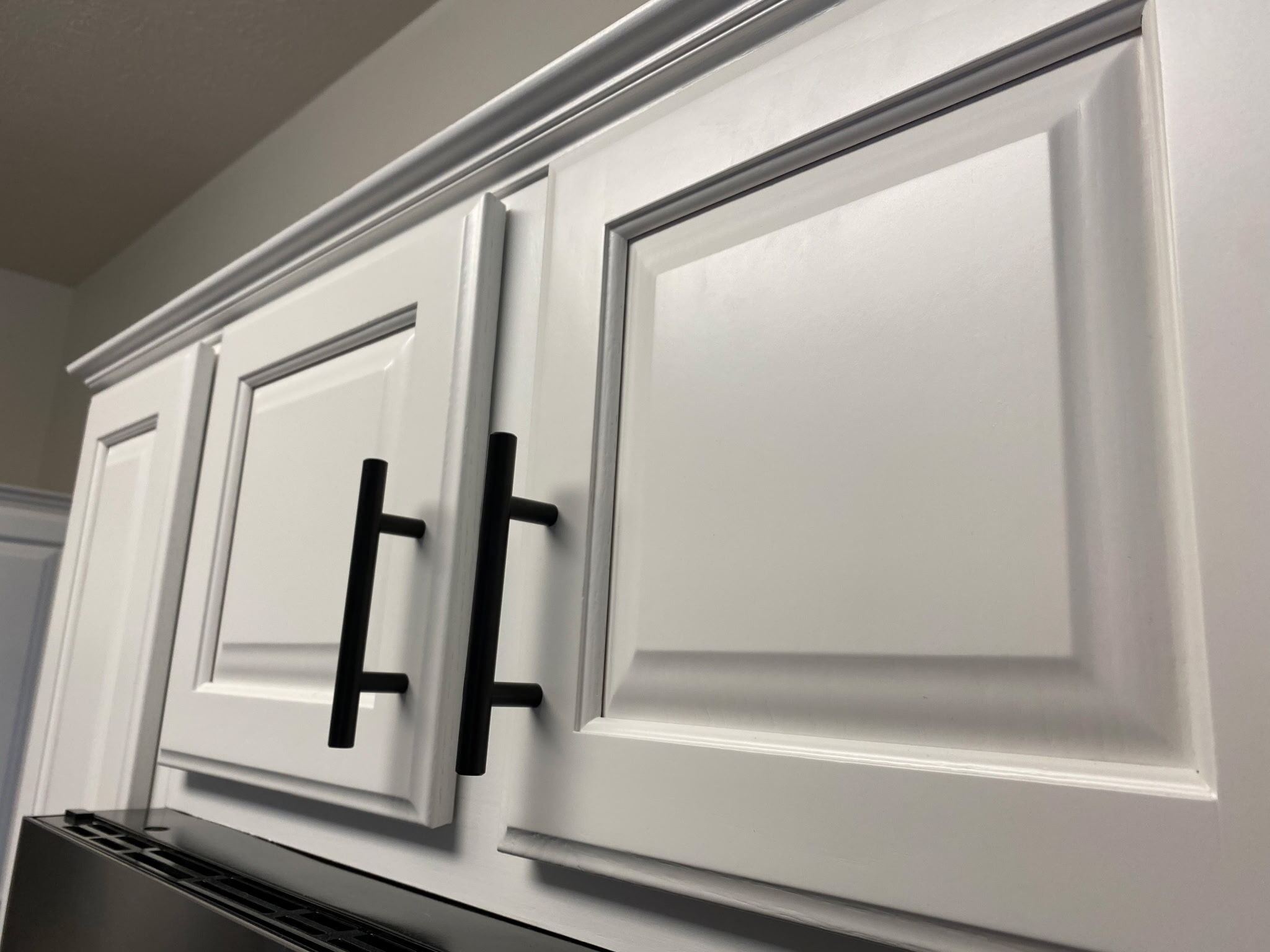
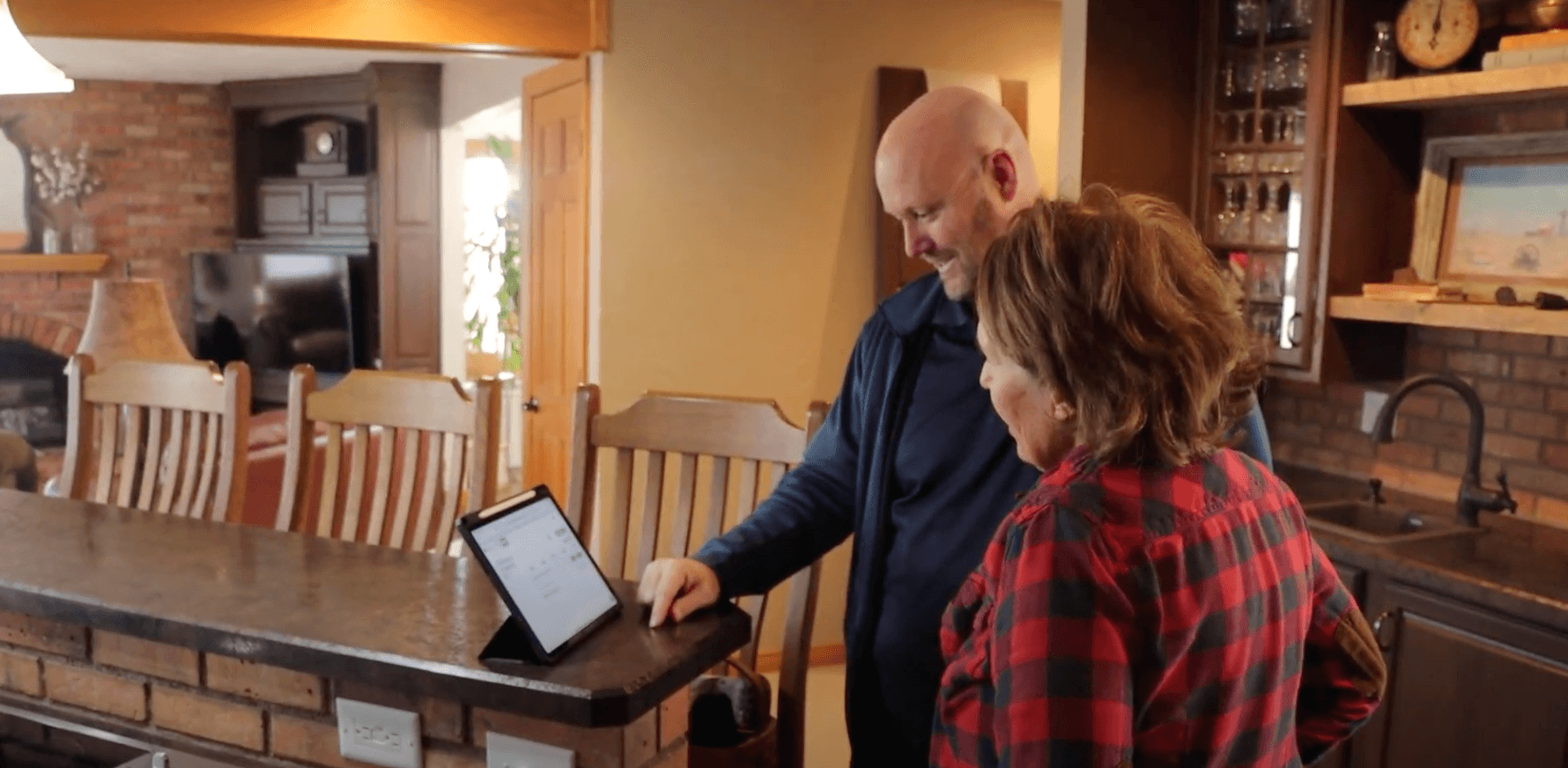
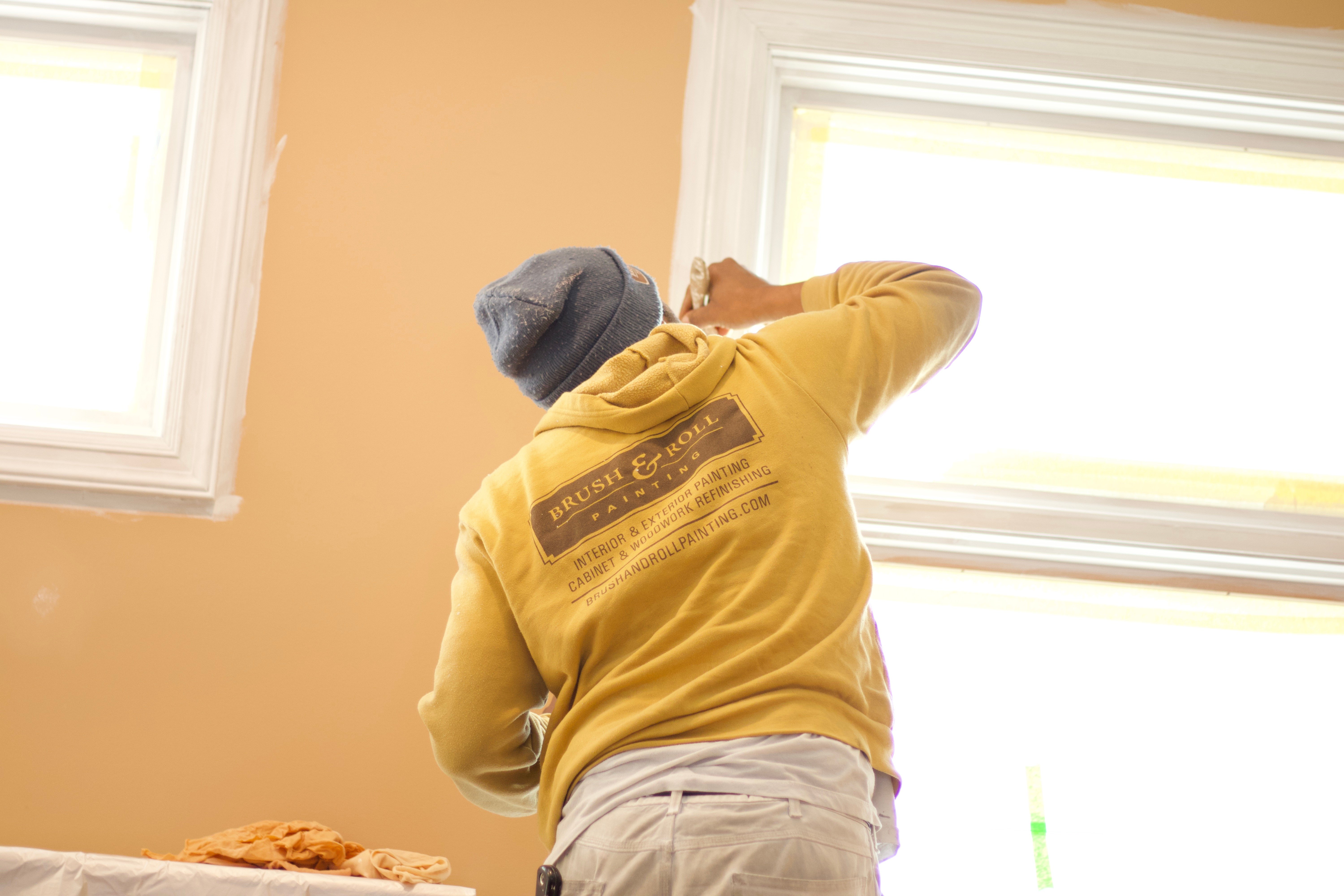
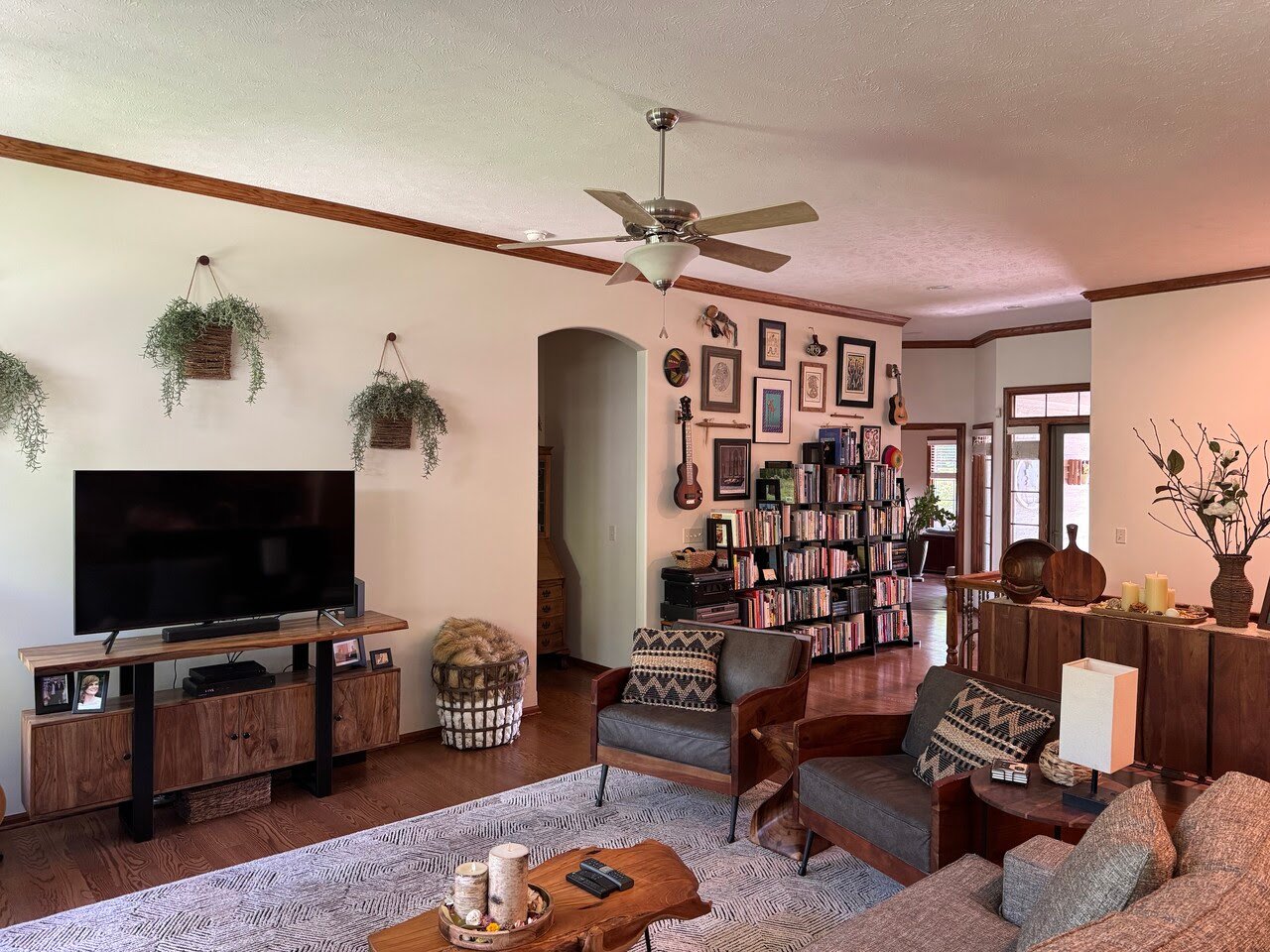
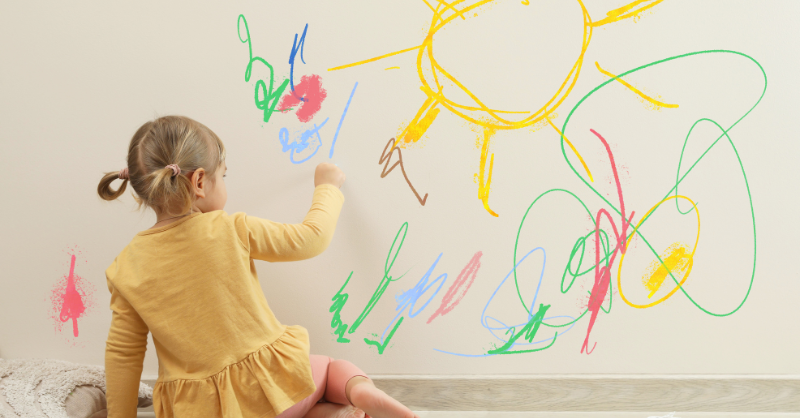
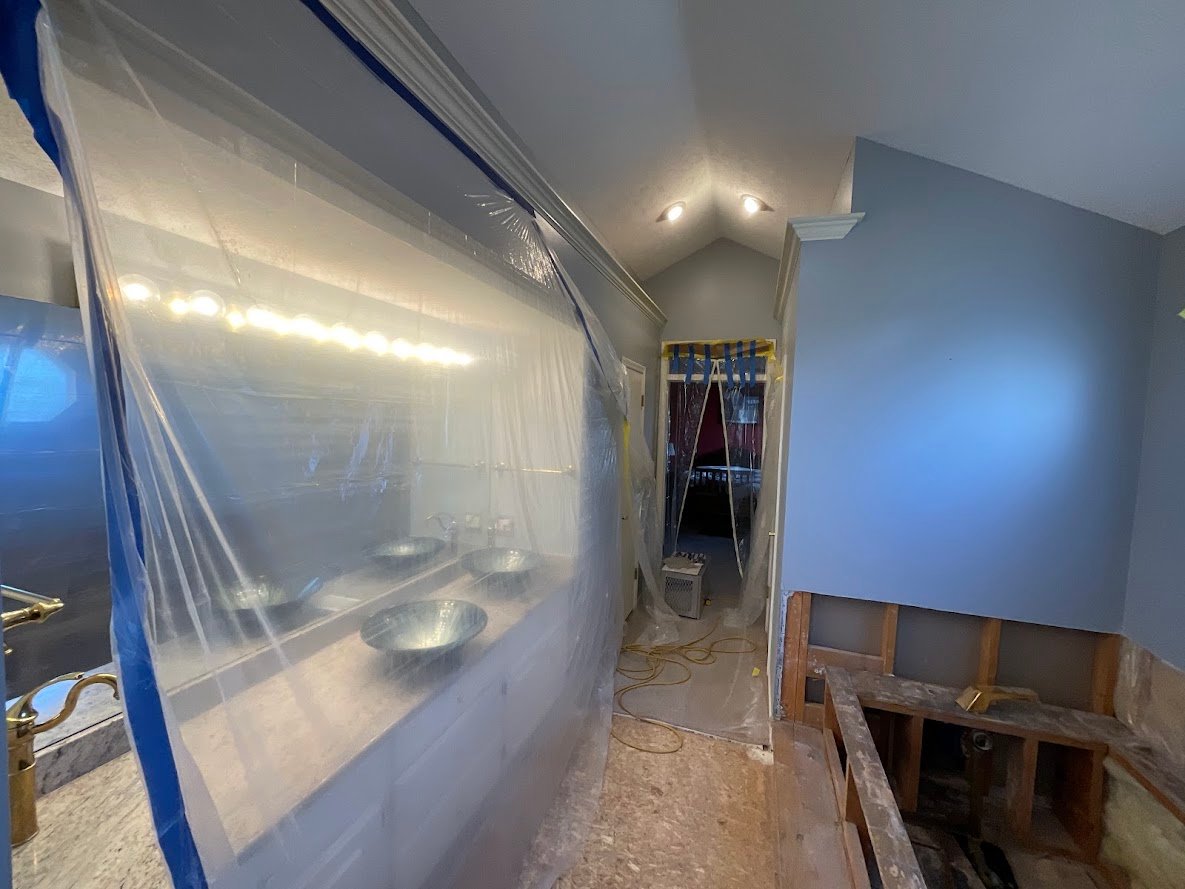
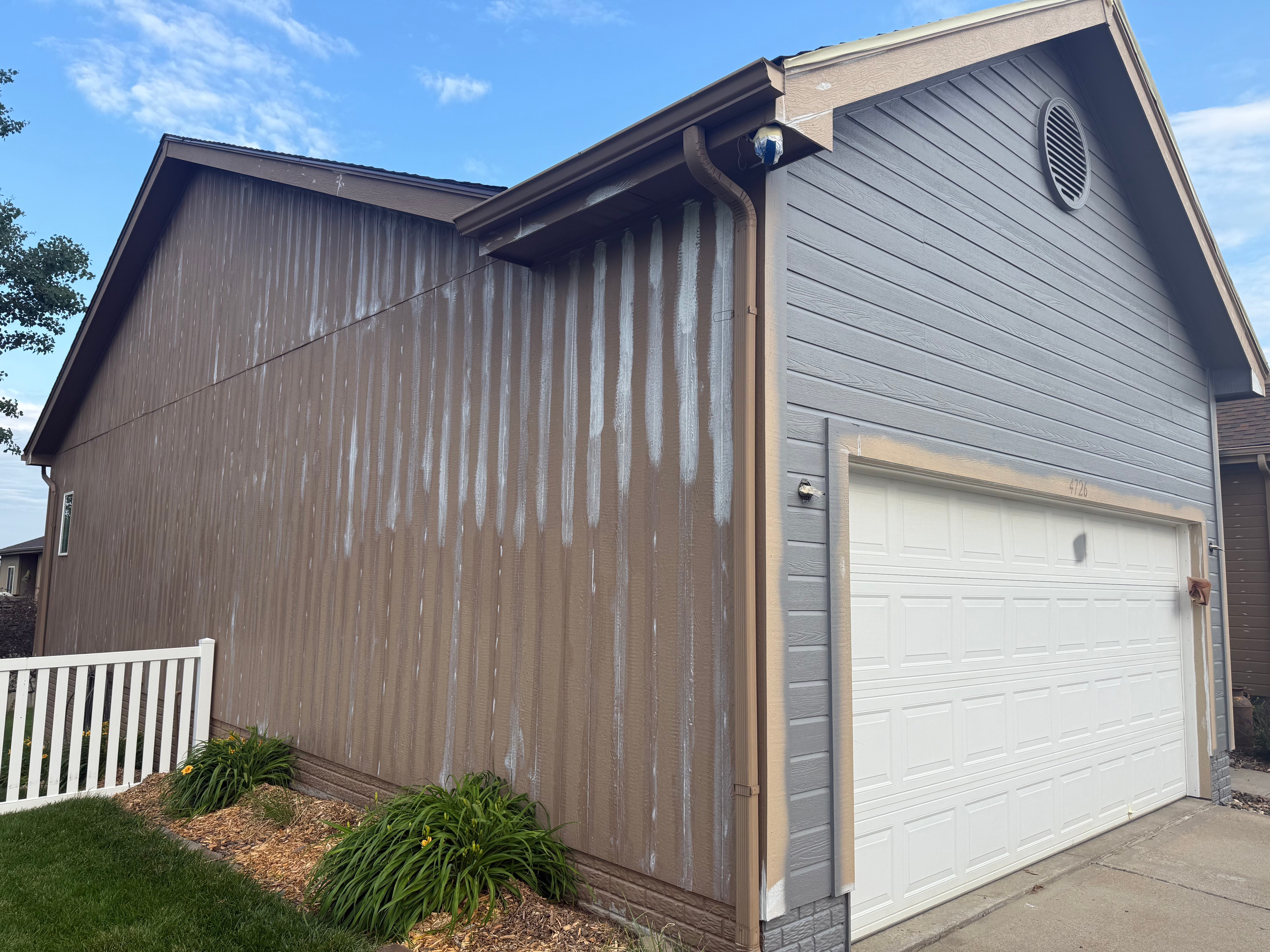
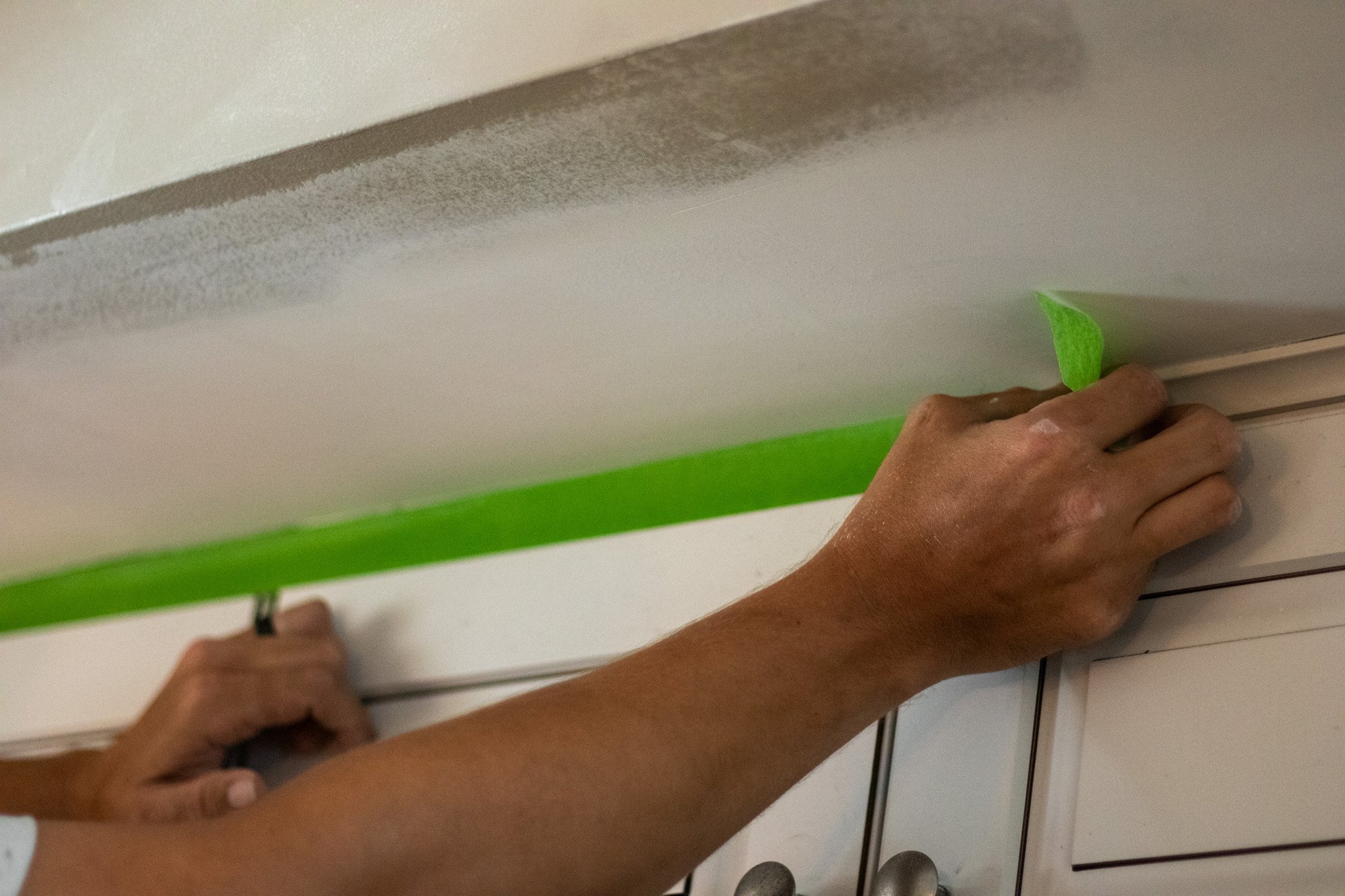
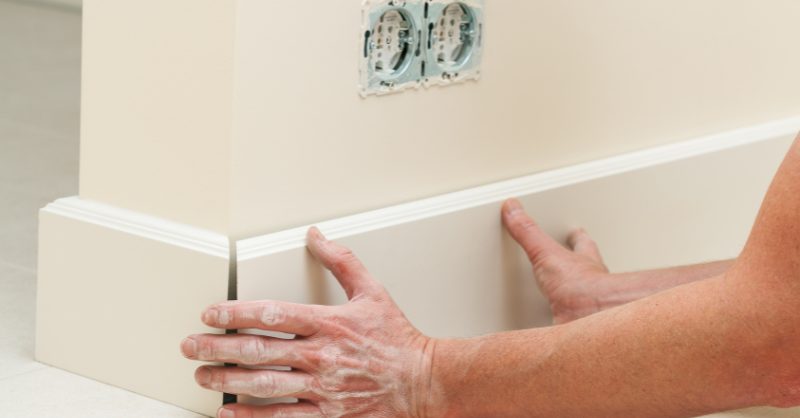
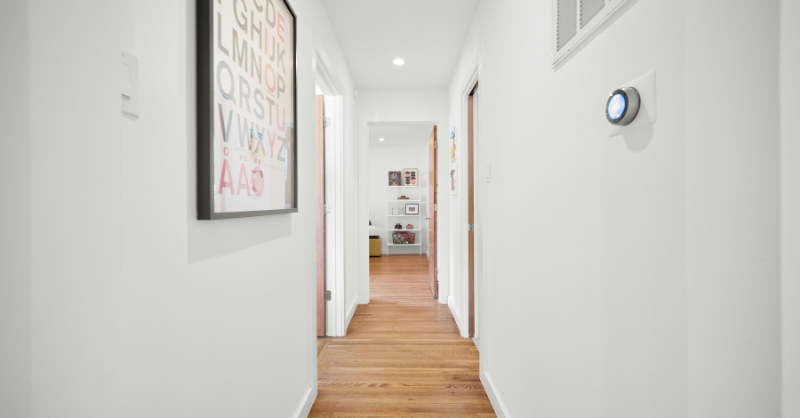
-1.jpg?width=1280&height=721&name=Havens%20after%204%20(1)-1.jpg)
